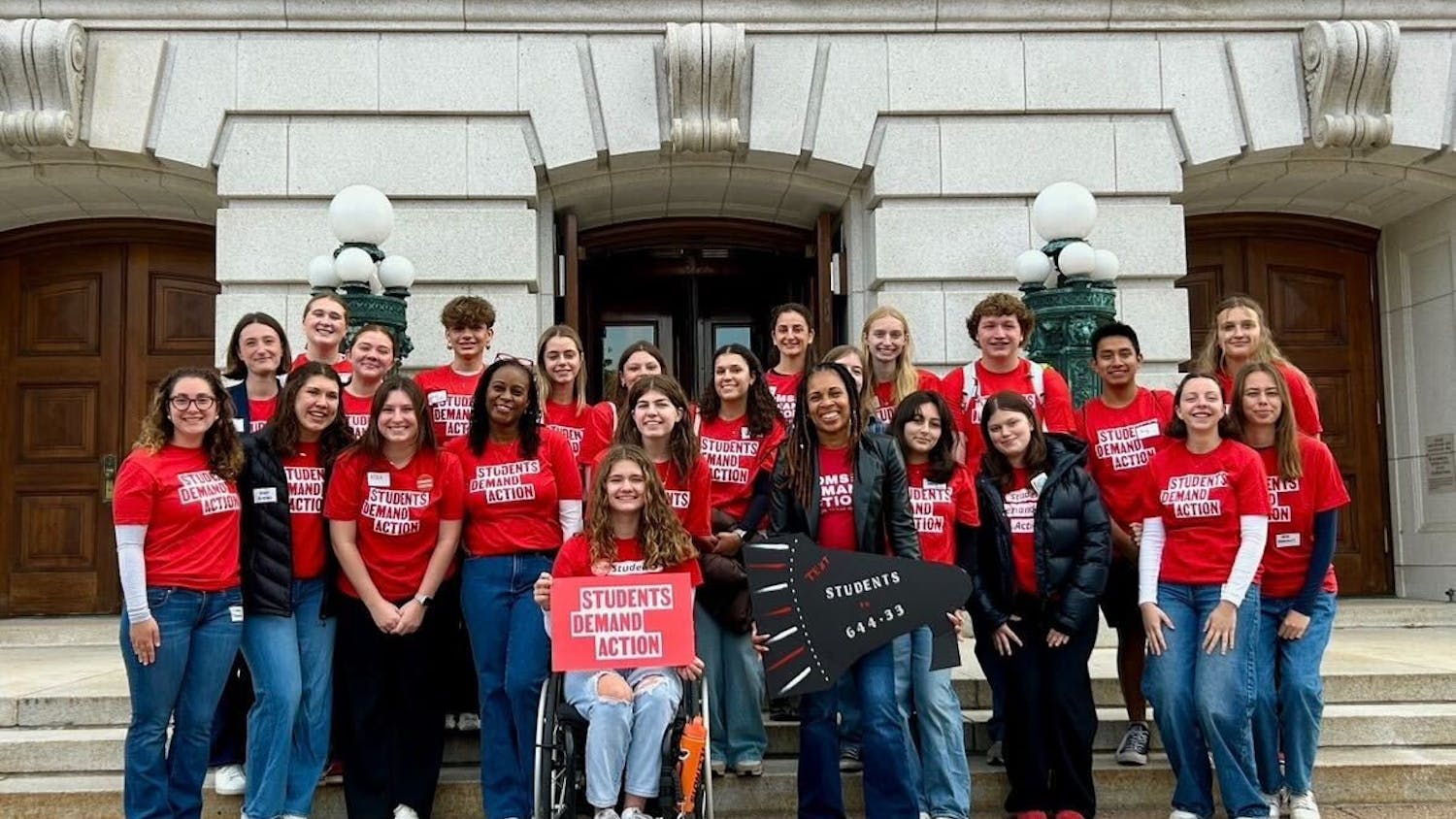SCIENCE
Researchers at the University of Wisconsin-Madison have proven a link between the most prevalent and deadliest form of brain cancer and a virus that infects 50 to 80 percent of the worldwide population.
Kalejta laboratory on campus has identified an association between Glioblastoma multiforme (GBM) brain tumor and the human cytomegalovirus (CMV). This virus is now the target for future vaccines to stop tumor growth and cure this aggressive cancer.
Although infection of CMV is life-long, it remains dormant in healthy people. The pathogen is not so kind to the populations with compromised immune systems such as those who have AIDS or pre-existing diseases and can cause further damage. At this time, there is no form of prevention against this virus.
When CMV was found to be active in only some GBM tumor samples in 2002, scientists could not reach a consensus on whether there was an association between the virus and the tumor. The Kalejta laboratory studied the possibility further.
Dr. Padhma Ranganathan, a postdoctoral fellow at the Kalejta lab, published a study this past November in the Journal of Virology identifying a link between CMV and GBM as well as introducing the idea that the virus might only be attacking the tumor’s stem cells. Ranganatan tested 19 to 20 genes from the CMV’s viral genome on a large number of tumor samples. Previous studies have only tested one or two genes from the genome.
Dr. Robert Kalejta, a CMV scientist and associate professor of oncology at the UW School of Medicine and Public Health, explained why their study helped CMV scientists reach a consensus.
“I think what we brought is an objective measure, a quantitative measure. We wanted to avoid any human bias, so we let the computer decide,” Kalejta said. “We allowed the numbers to dictate whether or not the sample was positive for a gene instead of human subjections. We statistically proved it.”
Despite the link between CMV and GBM, there is no evidence that the virus causes cancer.
“We haven’t proven it yet. But since the virus is there, it could be doing something. If CMV is promoting the tumor, we have to come up with an idea or hypothesis to explain it,” said Kalejta, alluding to their new hypothesis that virus is operating differently than other viruses by only attacking the tumor stem cells.
While the discovery is only the start of future research, it is a giant step to developing vaccines and antiviral therapies in the distant future to treat GBM.
“The important thing is, which is poorly understood, is that viruses can cause cancer, not all viruses, but some,” Kalejta said. “One day, conceivably, you can give a GBM patient a vaccine and hope that it would inhibit viral replication. This is just one example of investigations in one field, such as CMV, can affect so many other fields such as cancer research.”





